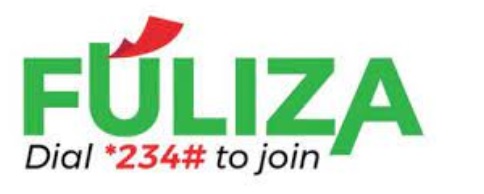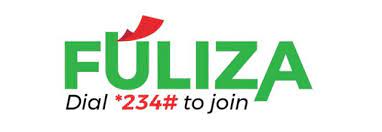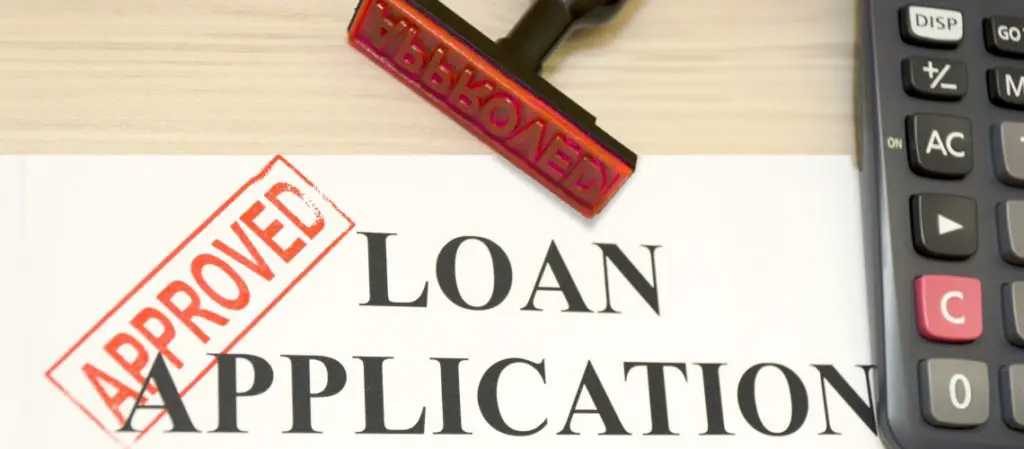Fuliza has gained popularity in Kenya as a convenient way for people to make purchases or pay bills without having to worry about running out of money in their M-Pesa account. However, it’s important to understand the details of how Fuliza works and the potential costs associated with using it.
In this blog post, we’ll delve into the specifics of Fuliza, including how it compares to traditional loans and credit facilities. We’ll also provide some tips for using Fuliza responsibly and discuss some alternative options to consider. Stay tuned!
What Is Fuliza?
To use Fuliza, M-Pesa users simply need to initiate a transaction as they normally would, and if they don’t have enough money in their account, they will be given the option to use Fuliza to complete the transaction. The borrowed amount will then be added to the user’s M-Pesa account, and the user will be required to repay the borrowed amount plus any applicable fees.
Fuliza is designed to be a quick and convenient way for M-Pesa users to make purchases or pay bills when they don’t have enough money in their account. It’s important to note, however, that Fuliza is not a loan in the traditional sense and is not subject to the same regulations as traditional loans. We’ll delve into the differences between Fuliza and loans in more detail in the next section.
Comparison To A Loan
To apply for a traditional loan, you typically need to fill out an application and provide various documents, such as proof of income, credit history, and collateral. In contrast, Fuliza does not require an application or any documentation. M-Pesa users simply have the option to use Fuliza to complete a transaction if they don’t have enough money in their account.
Another difference is the terms of the borrowing.
Traditional loans usually have fixed repayment periods, interest rates, and fees, while Fuliza has more flexible terms. The amount that can be borrowed through Fuliza and the fees associated with it vary depending on the user’s M-Pesa account balance and transaction history.
In terms of repayment, traditional loans typically have fixed monthly installments, while Fuliza allows users to repay the borrowed amount at their own pace. However, it’s important to note that interest on the borrowed amount accrues daily, so the longer it takes to repay, the more expensive it will be.
Overall, while Fuliza and traditional loans both allow users to borrow money, they have significant differences in terms of the application process, terms, and repayment methods. It’s important to carefully consider these differences and understand the costs and risks associated with both options before deciding which one is right for you.
Comparison To A Credit Facility
In addition to comparing Fuliza to a traditional loan, it’s also useful to consider how it compares to a credit facility.
A credit facility is a line of credit extended by a lender to a borrower that can be used to borrow money as needed, up to a certain limit. Credit facilities can take various forms, such as credit cards, home equity lines of credit, or business lines of credit.
One key difference between a credit facility and Fuliza is the purpose of the borrowing. Credit facilities are often used for long-term borrowing or to finance larger purchases or projects, while Fuliza is primarily used for small, short-term transactions.
Another difference is the availability of the funds. Credit facilities typically have a fixed credit limit that is agreed upon by the lender and borrower at the time the facility is established. The borrower can then draw on the credit facility as needed, up to the credit limit. In contrast, the amount that can be borrowed through Fuliza varies based on the user’s M-Pesa account balance and transaction history, and is generally only available for a short period of time.
Finally, the use of funds is another area where credit facilities and Fuliza differ. Credit facilities can be used for a wide range of purposes, while Fuliza is typically only used to complete transactions through M-Pesa.
While both credit facilities and Fuliza allow users to borrow money, they have significant differences in terms of the purpose, availability, and use of funds. It’s important to carefully consider these differences and understand the costs and risks associated with each option before deciding which one is right for you.
See also:
- How To Check Fuliza Limit
- Cooperative Bank Of Kenya Branch Codes
- How Much Do M-pesa Agents Earn?
- How To Get M-pesa Statement
- How To Reverse M-pesa Transaction
- How To Buy Airtel Airtime From M-Pesa
- How To Link PayPal With M-Pesa
- M-Pesa Transaction Charges
- M-Pesa Impact On The Kenyan Society
- M-pesa Paybill Charges
- What Is Fuliza?
Conclusion
We’ve compared Fuliza to traditional loans and credit facilities, highlighting the key differences in terms of the application process, terms, and repayment methods. We’ve also discussed the purpose, availability, and use of funds for each type of borrowing.
Overall, it’s important to carefully consider the costs and risks associated with any financial product, including Fuliza, before deciding whether it’s the right option for you. While Fuliza can be a convenient way to make purchases or pay bills when you don’t have enough money in your M-Pesa account, it’s important to understand the terms and repayment requirements and to use it responsibly.
We hope this blog post has provided some useful information on Fuliza and helped you understand how it compares to other borrowing options. Thank you for reading!
Additional resources
If you’re interested in learning more about Fuliza or other similar financial products, there are a few resources you might find helpful.
- Safaricom’s website: Safaricom, the mobile network operator that offers Fuliza, has a dedicated page on their website that provides more information on how Fuliza works and how to use it. You can find it here: https://www.safaricom.co.ke/personal/m-pesa/fuliza
- Central Bank of Kenya: The Central Bank of Kenya is the regulatory authority for the financial sector in Kenya, and they have a section of their website dedicated to consumer education and protection. You can find information on a wide range of financial products and services, including Fuliza, on their website: https://www.centralbank.go.ke/consumer-education-and-protection/
- Other borrowing options: If you’re considering borrowing money, it’s always a good idea to explore all of your options before making a decision. Some other borrowing options to consider include traditional loans, credit facilities, and crowdfunding. You can find more information on these options and how they compare to Fuliza by doing some online research or consulting with a financial advisor.
We hope these resources are helpful in your journey to understand more about Fuliza and other financial products. If you have any additional questions or concerns, don’t hesitate to reach out for more information or guidance.




